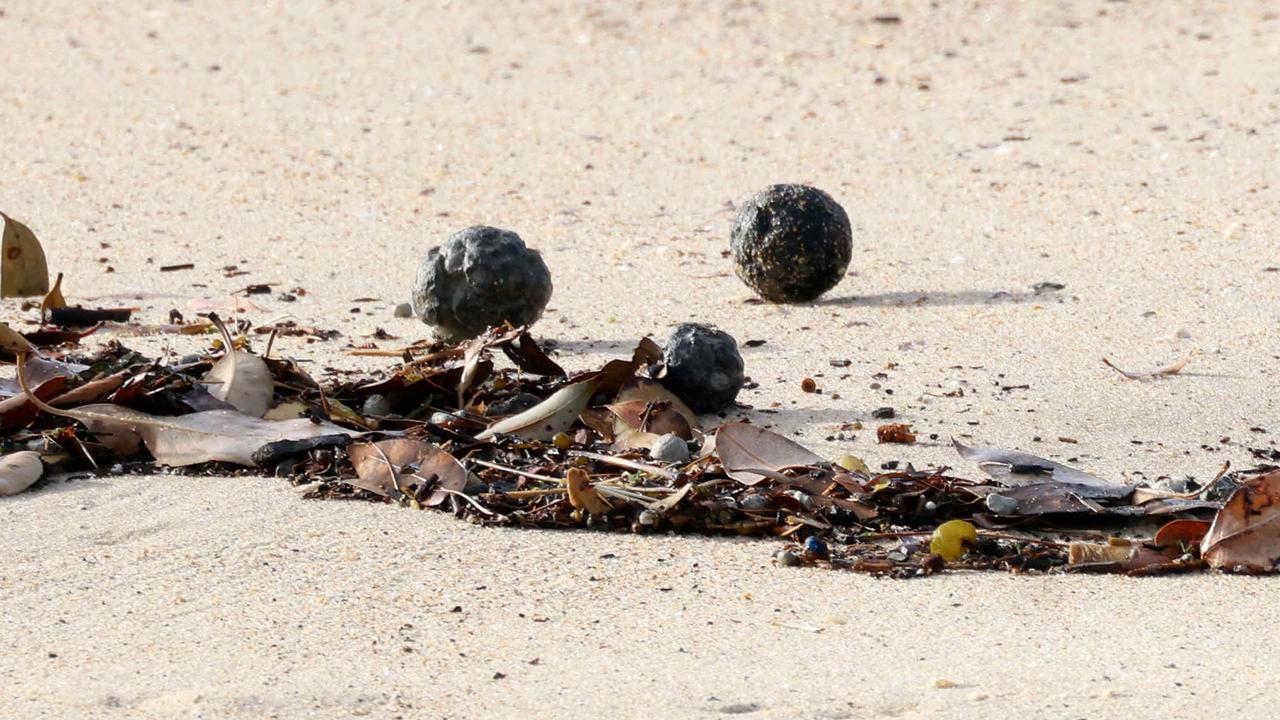How the rain smashed Australia
From $12 lettuces to blowouts in the building industry, wet weather has damaged the lives of Australians. Here’s how.
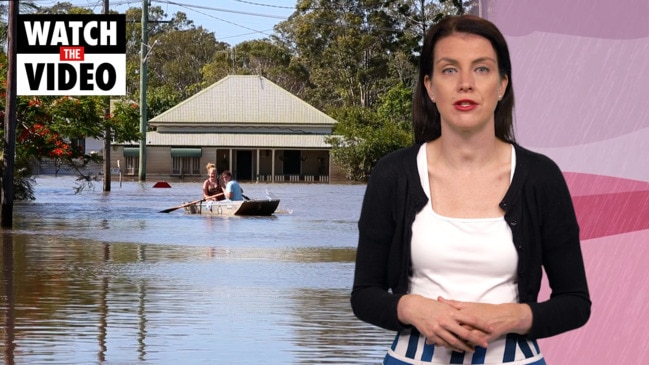
Environment
Don't miss out on the headlines from Environment. Followed categories will be added to My News.
Thirty-five dead from flooding events. More than $6 billion in insured losses. Records smashed in unprecedented ways. For people in south and eastern Australia, 2022 will be remembered as the year it rained.
Sydney and Brisbane both had their wettest years ever, and Canberra was not far off.
In many places it rained more days than it didn’t. According to the Bureau of Meteorology website, between January 1 and November 30 there were only 12 days when it was completely dry across all the weather stations in Greater Sydney. In Melbourne there were just 27 rain-free days, while Brisbane had 44 and Adelaide had 52.
Beyond the obvious tragedies of the year, the dozens of deaths and many thousands displaced, the rain disrupted industries across the country; creating a measurable slowdown in GDP growth.
Here’s how the rain ruined 2022.
CONSTRUCTION
You can’t build in the wet. Construction industry boss Brett Mason told the Property Congress in September his company, Built, had lost 40 per cent of construction days this year, when it usually budgets for 10 per cent. And in the housing sector, average build times have blown out from seven months to 12, although it should be noted this is also because of skills shortages.
“The wet weather has created two years’ worth of renovation work on the east coast, and it’s delayed commencement on new homes,” Housing Industry Association chief economist Tim Reardon said. Renovation demand was already 25-35 per cent above pre-Covid levels as owners sought more amenity from their homes, and would likely remain elevated for a number of years, he said.
AGRICULTURE
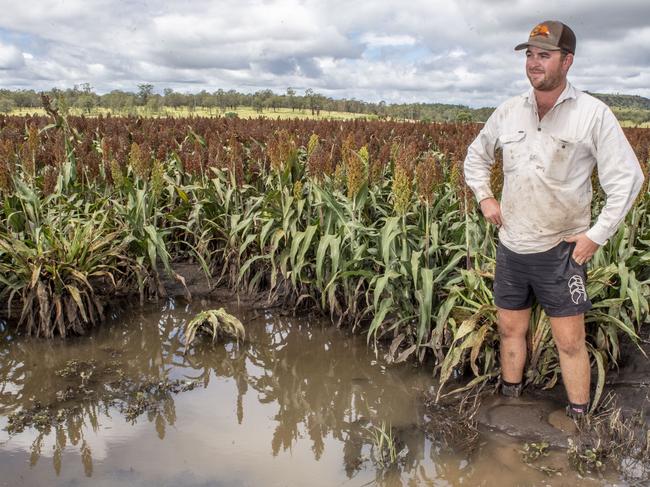
Farmers love the rain, but successive downpours and floods broke country hearts in 2022 and sent produce prices into the stratosphere. The humble iceberg lettuce hit $12 a head mid-year, and when KFC substituted cabbage for lettuce in their burgers, customers were left with a bitter taste in the mouth, literally. Crop failures have continued, with the federal government warning fruit and vegetable prices will be eight per cent higher into 2023.

AUSVEG spokesperson Shaun Lindhe said the year has “been the most difficult in recent times for our industry, which was already operating in a challenging and unpredictable environment”.
“The damage is not just limited to production losses on-farm, but also infrastructure, fencing, machinery, loss of topsoil and time and investment in preparing paddocks for future crops,” he said. And while farmers were known for their resilience, the impact of the extreme weather on rural communities was also significant, Mr Lindhe said.
TRANSPORT
Roads and rail lines were damaged across eastern Australia by the heavy downpours, with many crucial routes still closed. In NSW, highways around Bourke, Walgett and the Riverina remain unusable, while the South Australian and Queensland governments have warned reconstruction work will continue well into 2023.
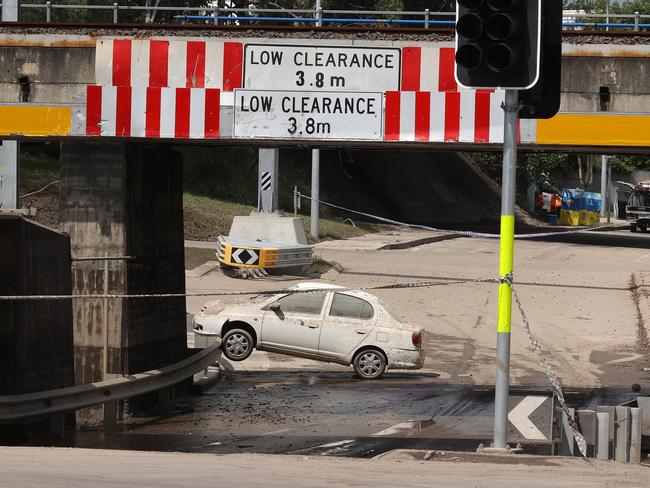
Rainy conditions may have also contributed to an increase in car accidents. According to the Bureau of Infrastructure and Transport Research Economics (BITRE), there have been 1191 road fatalities in the past 12 months – up 70 on the previous year.
The wet weather was also partly responsible for some horror months in aviation, although this was also driven by staffing absences. In April, Australian airlines notched up their worst-ever performance for flight delays and cancellations, and in June they got even worse, according to BITRE. In October, 69.3 per cent of flights arrived on time – well down on the 88 per cent benchmark recorded in October 2021.
FILM AND TELEVISION
When News Corp asked how many days filming had been lost to rain in 2022, the publicity department for Home And Away politely declined to answer – presumably because it never rains in Summer Bay. But the extreme weather had “burnt people out” and created a multitude of stresses for people in Australia’s film and television industry, according to Screen Producers Association CEO Matt Deaner. While big budget productions were able to shift shooting into studios during the rain, he said, the smaller independent productions which make up the bulk of the local industry had no such flexibility.
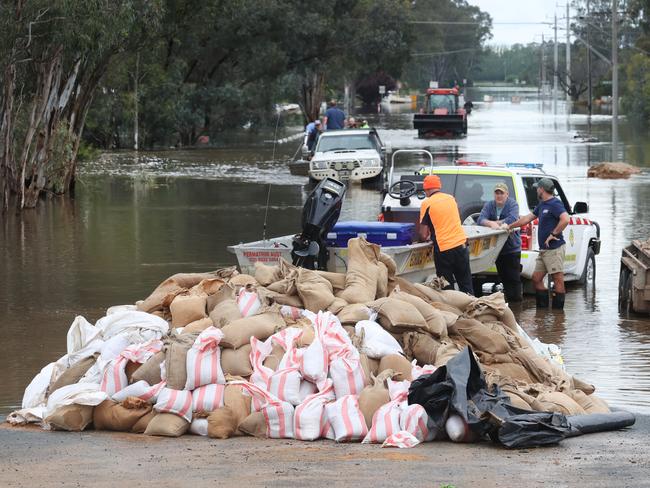
Nobody knows this better than Bronte Pictures CEO Blake Northfield. After helping with flood rescues near his home in Byron Bay in March, Mr Northfield was caught up in rising waters again in Echuca Moama in October while shooting the feature film Fear Below.
“We had completed our first shoot week, and it had started to really rain to the point where the production itself had to call a halt,” he said. “We sat on our hands on Wednesday, Thursday and Friday, and you can imagine when you’ve got 70 people sitting around it’s a very expensive exercise. The following Monday the order came through to evacuate the town.”


While film crews deal with the vagaries of the weather all the time, on this occasion there was no other option but to find another shooting site, which they did in Goondiwindi.
“We’ve made 13 features and the last two have been utter nightmares due to the weather – and every one of them prior we were fine, just with standard storms and standard rainy days. This was a one in one thousand year flood,” Mr Northfield said.

INSURANCE
Of all industries, insurance is the one that might face the most profound changes because of this year’s extreme rain. According to the Insurance Council, there have been more than 277,000 disaster-related claims from four declared events, totalling $6.37 billion in insured losses. Insurance companies have so far paid out $3.8 billion – up from $2.2 billion last year.
An Insurance Council spokesperson said the February and March floods that devastated southeast Queensland and Northern NSW cost $5.65 billion, making it the costliest natural disaster in Australia’s history.

In the nine months since the event was declared, insurers had paid $3.54 billion to customers and closed nearly 70 per cent of all claims, the spokesperson said.
Insurance Council statistics show that of 537 local government areas across Australia, 317 were hit by an extreme weather event this year, while 136 experienced two, and 114 had the misfortune of three or more.
Total extreme weather related losses for 2022 were highest in Queensland, with $2.82 billion, followed by NSW with $2.71 billion, and Victoria with $450 million.
More Coverage
Originally published as How the rain smashed Australia




